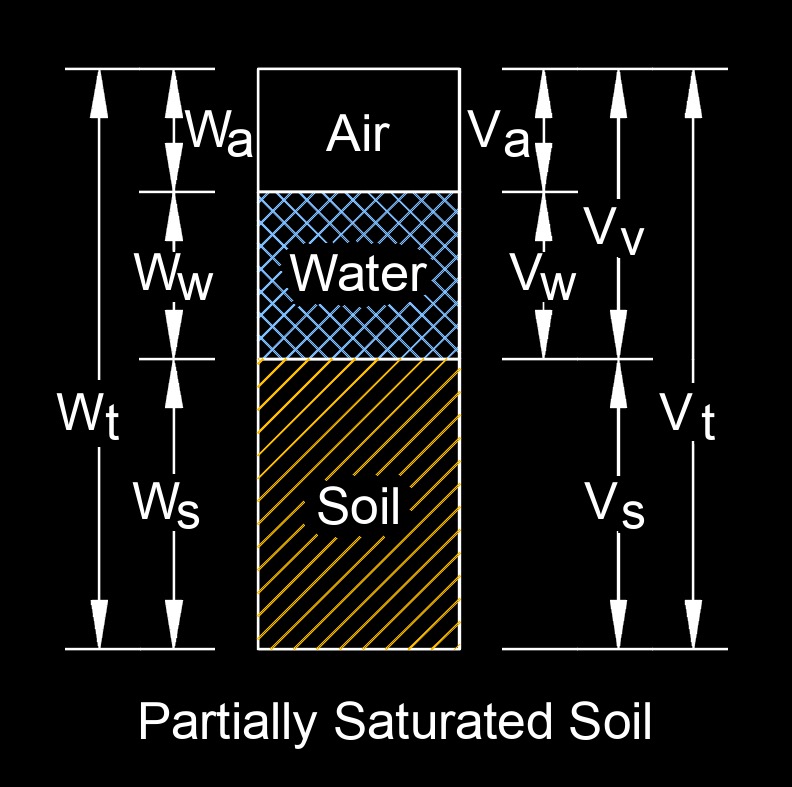Pressure from Weight of Soil
Pressure from Weight of Soil Formula |
||
|
\( p_s \;=\; \gamma_s \cdot h \) (Pressure from Weight of Soil) \( \gamma_s \;=\; \dfrac{ p_s }{ h }\) \( h \;=\; \dfrac{ p_s }{ \gamma_s }\) |
||
| Symbol | English | Metric |
| \( p_s \) = pressure from weight of soil | \(lbf\;/\;in^2\) | \(Pa\) |
| \( \gamma_s \) (Greek symbol gamma) = solid unit weight | \(lbm\;/\;ft^3\) | \(N\;/\;m^3\) |
| \( h \) = height from pipe top to ground surface |
\(in\) |
\(mm\) |

Pressure from weight of soil, abbreviated as \(p_s\), also called soil pressure or earth pressure, refers to the force exerted by the mass of soil on a retaining wall, foundation, top of pipe, or any structure in contact with the soil. This pressure is primarily influenced by the weight of the soil above and behind the structure. The pressure exerted by the weight of soil depends on several factors, including the type of soil, its density, and the depth of the soil. The pressure generally increases with depth due to the increasing weight of the soil above.
There are different types of soil pressure that can be encountered, depending on the conditions and the structural configuration.

